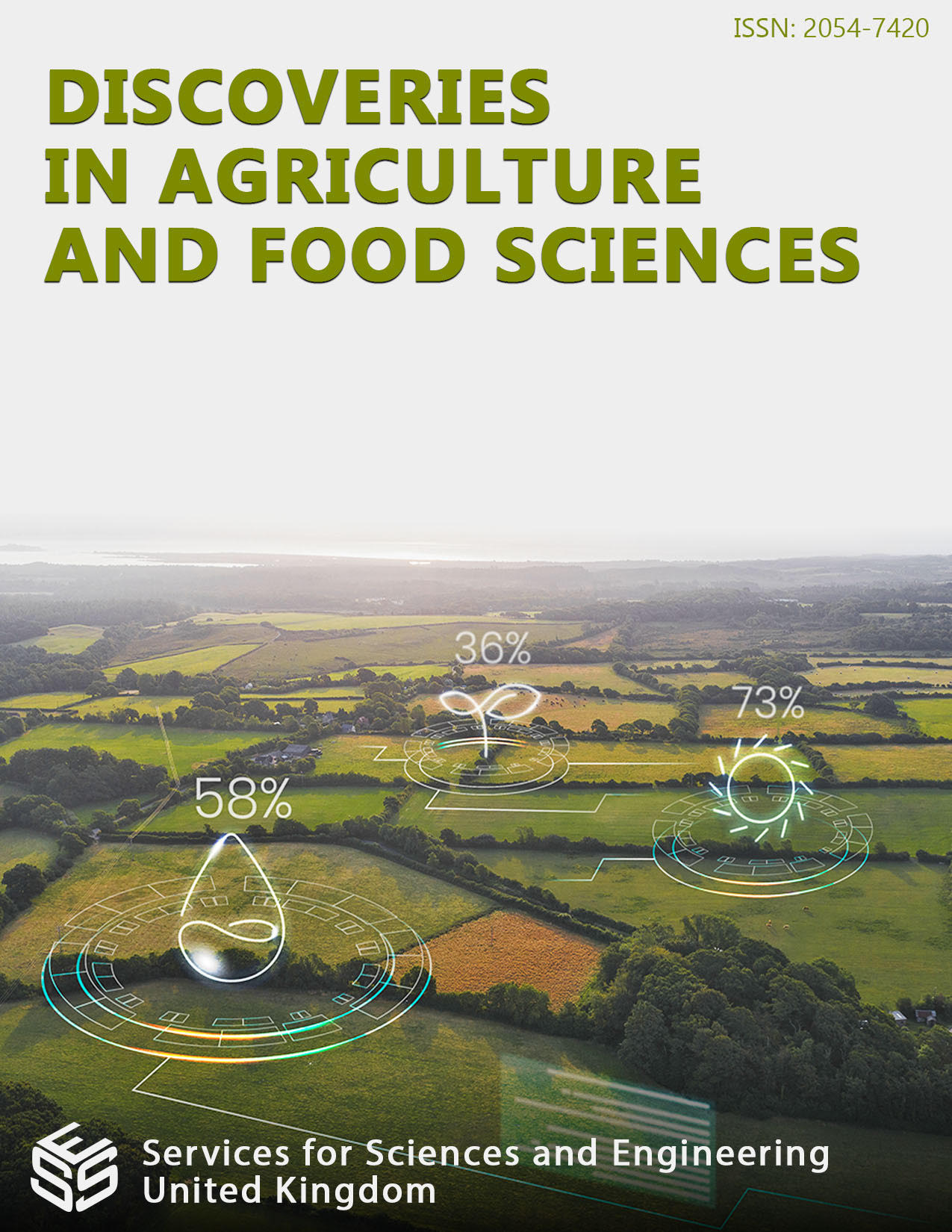Limits of the HACCP for the Food Safety System
DOI:
https://doi.org/10.14738/tnc.116.15856Keywords:
HACCP method, Food hygiene, risks and contaminants in food, food additivesAbstract
The HACCP (Hazard Analysis and Critical Control Points) method is a universally adopted method for the prevention of the risks of contamination of food with harmful substances. Although this method ensures that there are no pollutants within the strict limits set by international regulations, it cannot be ruled out that contamination of food with potentially harmful substances will not occur. This depends on the current method of food production, which throughout the production chain, from primary production to packaging, involves the addition of numerous substances and additives to preserve the integrity of food. Since the HACCP system not only has concerned food production, but in general all the productive activities used to produce the aids for the prevention or the therapy of the diseases, or for dermo cosmetic use, the relevance and impact of such a system on health is understood. In this work we are going to examine all aspects and procedures used to produce food, highlighting the risks associated with the improper use of additives and preservatives.
Downloads
Published
How to Cite
Issue
Section
License
Copyright (c) 2023 Bruno Riccardi, Sergio Resta, Giacomo Resta

This work is licensed under a Creative Commons Attribution 4.0 International License.






